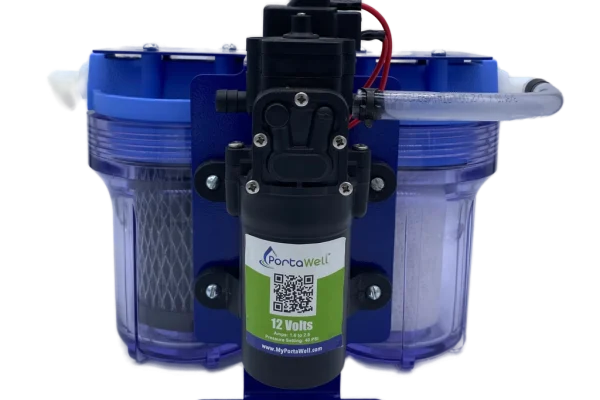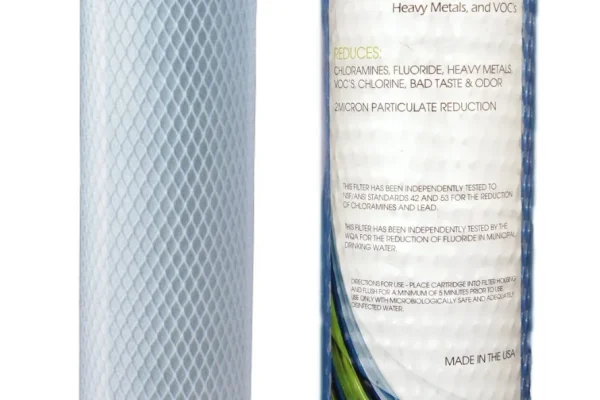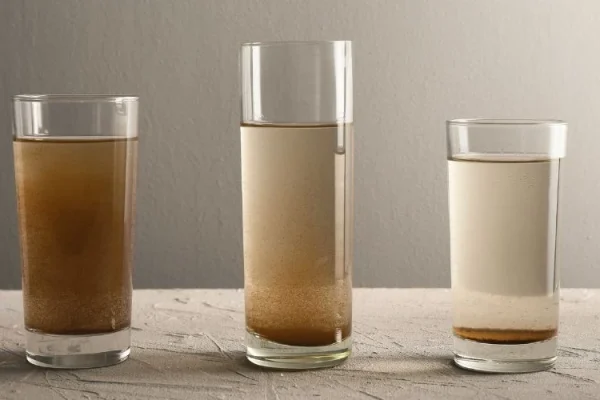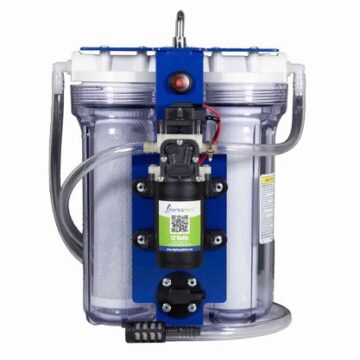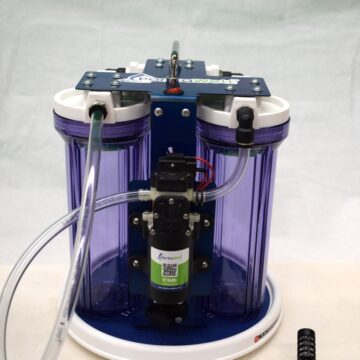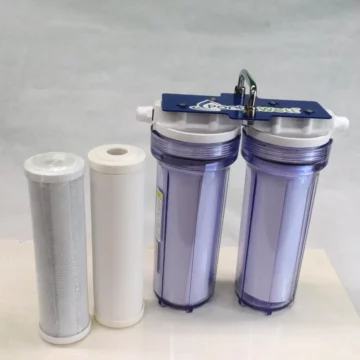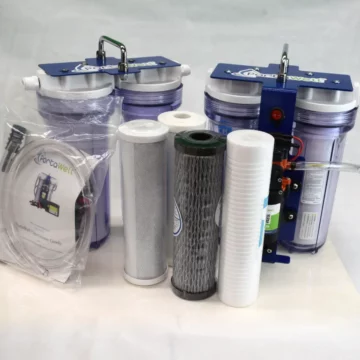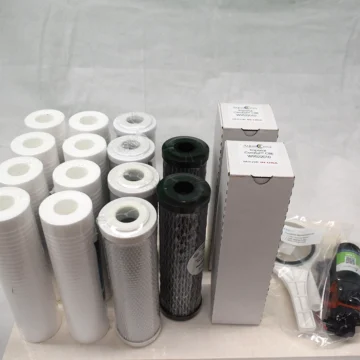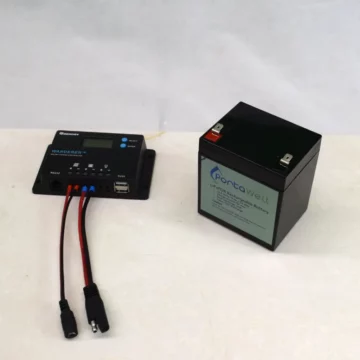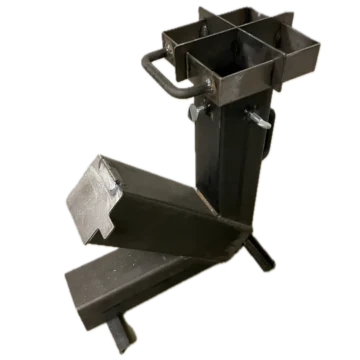Filtering Pool Water

Filtering Pool Water – PortaWell®
Many people have inquired if they can filter pool water with a PortaWell® system to make it safe for drinking in an emergency. Here are the things to consider:
Considerations for Saltwater Swimming Pools
The first thing to know is that if you have a saltwater pool, the PortaWell® system and cartridge filters do not remove salt (sodium chloride) from water or other hard water minerals such as calcium and magnesium. Because salt is a dissolved solid, the most common method to remove salt from water is through reverse osmosis filtration.
Now if you don’t have a salt water pool, your pool water can be great water source for filtering through PortaWell if you know what chemicals have been used for its maintenance.
Chlorine Tablets and Pool Chemistry
Most pool chemistry is adequately controlled using chlorine tablets or using auto controllers that maintain the pool chemistry by injecting hydrochloric acid for PH control and sodium hypochlorite (bleach) for free chlorine levels.
Chlorine tablets typically have Tricoloro-S-Triazinetrione as it’s main ingredient. This provides free chlorine for control of algae and biologics (bacteria and virus) and cyanuric acid which acts as a stabilizer for the chlorine against sunlight. (Free Chlorine quickly breaks down in the presence of sunlight without a stabilizer present). EPA chlorine limits for drinking water is <4 ppm (parts per million) and <15 ppm (NSF/ANSI Standard 60 allows up to 30 ppm in drinking water additives) for cyanuric acid. A properly maintained swimming pool is <4 ppm chlorine but the cyanuric acid concentration can be up to 70 to 90 ppm or even higher. Unlike chlorine which dissipates over time, cyanuric acid builds up and the only practical method to reduce its concentration is to dilute or replace the pool water when it exceeds 40 to 50 ppm.
Activated Carbon Filter Effectiveness
An activated carbon filter is effective for reducing low concentrations of chlorine but not particularly so for cyanuric acid. My swimming pool had a cyanuric acid concentration of 40 ppm and after filtering through the charcoal filter it was reduced some but not below the EPA limit.
What We Know about Cyanuric Acid Toxicity
Low acute toxicity: Cyanuric acid is not acutely toxic to humans at low to moderate levels. It has been shown to have a relatively high oral LD₅₀ (over 3,400 mg/kg in rats), meaning it takes a large amount to cause immediate harm.
Not classified as carcinogenic or mutagenic: Current data does not link CYA to cancer, genetic damage, or reproductive harm in typical exposure levels.
Water quality standards:
EPA has no established Maximum Contaminant Level (MCL) for cyanuric acid in drinking water, though it is under periodic review.
NSF/ANSI Standard 60 allows up to 30 ppm in drinking water additives.
In practice, <15 ppm is generally considered a cautious upper limit in potable water systems.
A chlorine kit and cyanuric test strips can be purchased (recommended if you are considering using your pool water for an emergency water supply) from pool supply stores or websites to verify the filtered water meets EPA limits for those two chemicals. I check my pool filters regularly and if the cyanuric acid concentration goes above 50 ppm it is time to change some or all of the water.
Addressing Algae and Specialized Treatment
If the pool has been regularly treated with some proprietary algicide or if there is significant algae in the water because the circulation pumps have been off for a long period, then the treatment strategy becomes a little more complicated. You may need to pretreat the water with chlorine to kill the algae so it doesn’t prematurely plug the PortaWell filter and you may need to select a different filter to remove the more exotic chemicals in the algicide. Commercial filters are available that fit PortaWell® which contain media especially suited for reduction of heavy metals and a broader spectrum of organic chemicals. We offer the AquaMetix filter made by AquaCera that reduces >92% of heavy metals and reduces( >90%) a wide range of other organic chemicals.
Final thoughts:
If my my swimming pool water is clear and I know the cyanuric acid level is less than 40 ppm, I am very comfortable using my pool as a temporary, emergency source of water for drinking and cooking after it has been filtered through my PortaWell using a sediment filter in the first stage and a NanoCeram filter in the second stage. I would filter through the Aquametix filter also if I was concerned about additional chemical contaminants.
Categories
Tags
Recent Posts
Recent Posts
Why the PortaWell Mini Is the Best Water Filtration System for Camping & Overlanding
Activated Carbon vs AquaMetix Filter Comparison
Emergency Water Treatment Tutorial (Part 1) – Particulate
Water Sustainability: Powering Your PortaWell® System
Selection of Surface Source Water
Sustainable Water Solution for Emergency Preparedness
PortaWell® Products
-
PortaWell® Starter Pak
$379.00Original price was: $379.00.$339.00Current price is: $339.00. -
PortaWell® Mini Expedition
$279.99Original price was: $279.99.$249.00Current price is: $249.00. -
PortaWell® Triple System
$429.00Original price was: $429.00.$389.00Current price is: $389.00. -
PortaWell® Expansion Kit
$165.00Original price was: $165.00.$149.00Current price is: $149.00. -
PortaWell® Plus Kit
$539.00Original price was: $539.00.$479.00Current price is: $479.00. -
PortaWell® Survivor Kit
$292.00Original price was: $292.00.$265.00Current price is: $265.00. -
PortaWell® Solar Accessory Kit
$71.95Original price was: $71.95.$49.95Current price is: $49.95. -
PortaHeat®
$349.00Original price was: $349.00.$299.00Current price is: $299.00.

